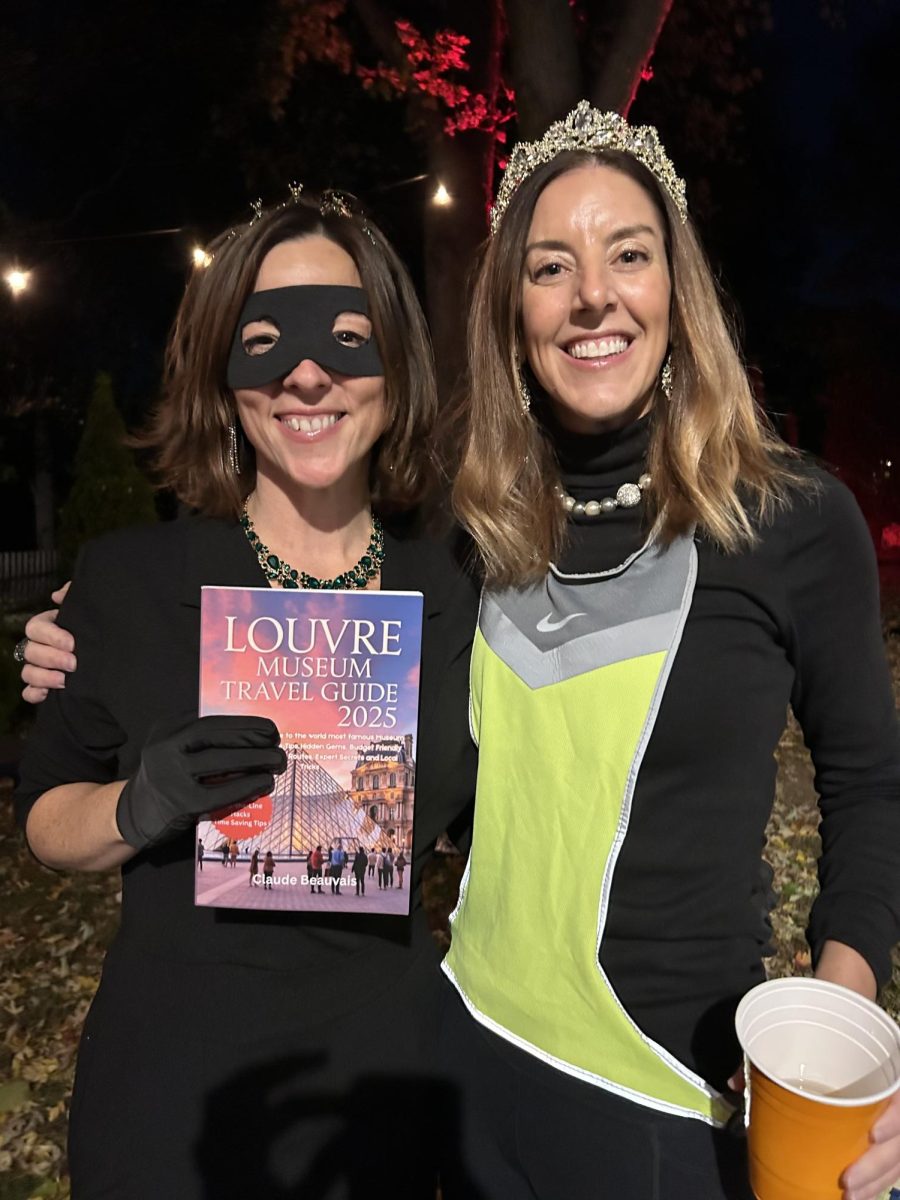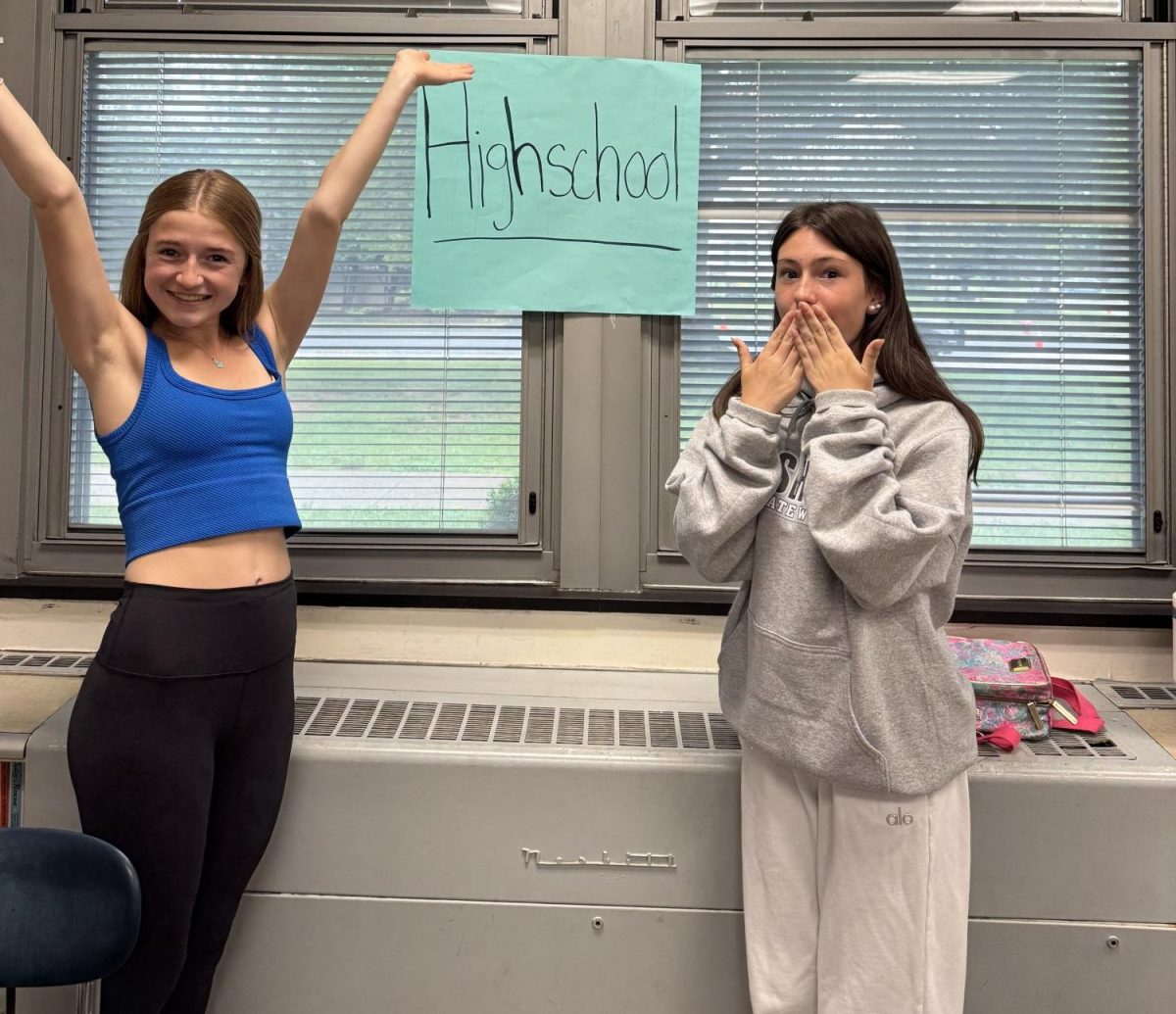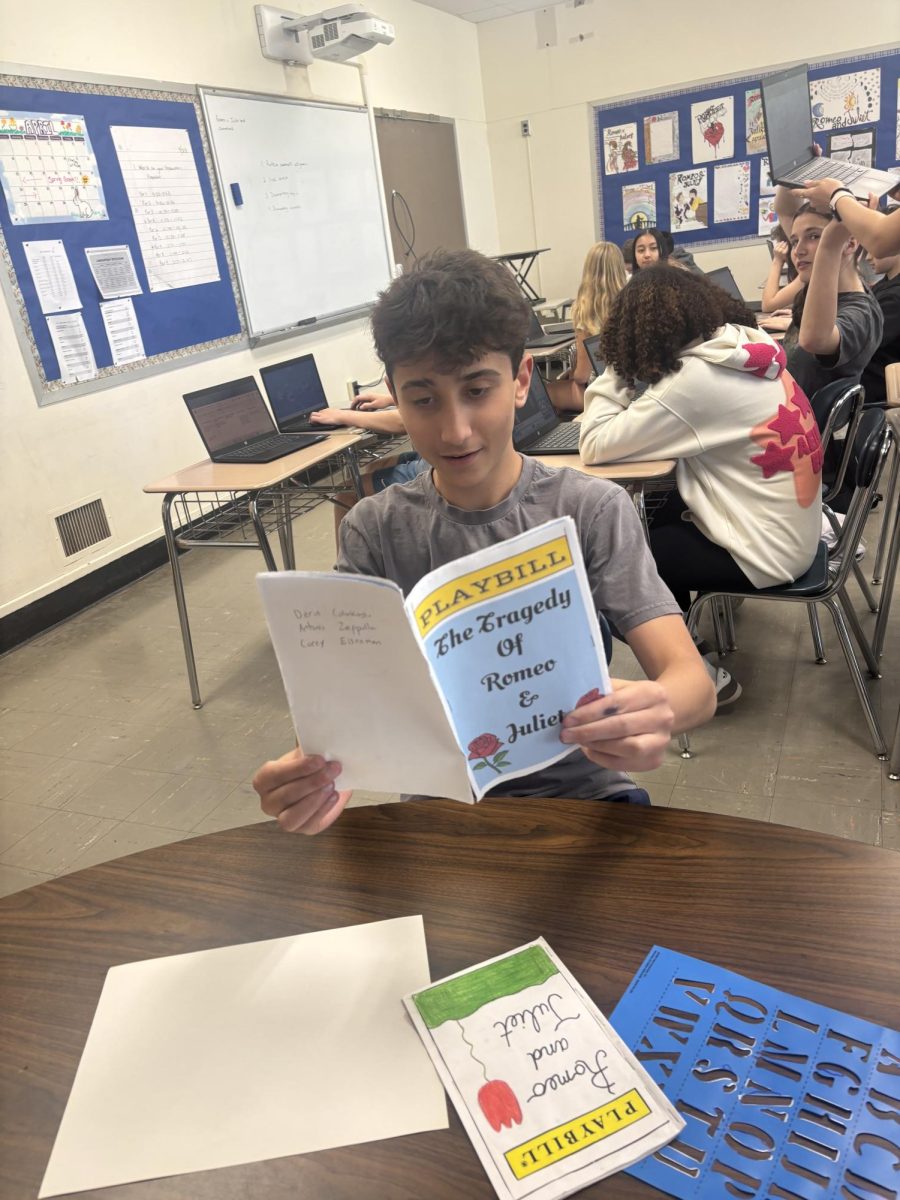On October 19th, 2025, four undercover construction workers infiltrated the Louvre Museum in Paris. They stole nine priceless items, including luxury jewelry and renowned paintings. The total value was estimated at approximately 102 million dollars, although these items are irreplaceable.
The criminals devised a well-planned strategy and executed it flawlessly. “Two of the thieves kept watch while the other two smashed display cases, grabbing nine pieces of imperial-era jewelry, heirlooms…tiaras, brooches, necklaces, and earrings. They then used that same ladder to descend back to ground level, jumped onto scooters parked nearby, and sped off to the nearest highway” (Rosman, Pfeirrer, and Pierre).
The sixth and seventh grade science teacher at Edison Intermediate School (EIS), Mr. Christopher Wiley, compared this incident to one he remembered watching in a movie. “There was a highly intelligent master plan that allowed them to break in undetected and take these precious jewels. I hate these types of crimes, but it was a very methodical theft. They will probably make a movie about this because it really stands out. They definitely got into the system, kind of like the Pierce Brosnan movie titled The Thomas Crown Affair in 1999.”
Although several students had very different estimates from the value of the stolen pieces, ranging from two million – three billion, they definitely knew what they would buy with the theft money. First off, a seventh grade student at EIS, Allyson Mintz, would go on a monster shopping spree.
Next, the head of the custodial staff at EIS, Mr. Kevin Womack, stated, “I would relocate to another country and purchase a large amount of land.”
Aaron Judka, an eighth grade student at EIS, said, “I would buy a beach house, a Shackamaxon membership for golf, and a private house in the Caribbean. I would also bribe refs for the SPF (Scotch Plains Fanwood) soccer game. I would actually just buy Shackamaxon, and then give teachers one million dollars.”
Finally, an eighth grade student at EIS, Lily Gould, stated that she would purchase “a car, a house, clothes, pets, a zoo, and a man.”
Although money can’t buy men, the estimated $102 million stolen from the Louvre can buy you almost anything!
There are many well-known and famous pieces of art in this historical museum. Sixth grade student at EIS, Jonah Halpern, would be interested in hanging up the popular painting, the Mona Lisa, in his house.
Eighth grade student Anjali Som stated, “I would like the crown because I am a princess.”
EIS eighth grade student, Laurel Giordano, shared an interest in a big boogie necklace. As you can see, people desire expensive and priceless items, whether for personal use or to sell and make a substantial profit.
Many students suggested the idea of tracking fingerprints on some of the stolen objects, but did you know there was actually a flaw in their plan? “All this was done so hastily, though, that they actually dropped one of the stolen items during their getaway. That was a gold and diamond-encrusted crown.” (Rosman, Pfeirrer, and Pierre).
Matthew Wengerter, a sixth grade student at EIS, suggested, “I would go to the crime scene and look at the objects.”
Looking at the items and getting fingerprints can result in the culprit getting caught red-handed. “Seven minutes is all it took to artfully plunder the world’s most famous museum” (Leath and Hutchinson). Seventh grade student at EIS, Skylar Abrams, stated, “They ran away very fast.”
EIS Eighth grader Meghan Carew joked, “He was a very fast ninja.”
Witnesses play a very important part in solving these types of cases. If the students at EIS were able to get a witness in the room who was at the Louvre, they would definitely know what they would ask them. Two eighth grade students, Ella Mirsky and Mia Brodo, would both like to speak with the construction workers from the museum that day. Mia questioned, “Were they the only workers there?”
Ella followed by asking, “What did you see during the time of the robbery?”
These questions would help play a role as key evidence because, with enough questioning, maybe they would be able to tell us crucial information to solve this case. This isn’t the only time that thieves have taken valuable art from a museum. “In 1911, an Italian museum employee was able to make off with the Mona Lisa under his coat after lifting the painting, which was then little-known to the public, straight off the wall of a quiet gallery.” (Aikman and Hagan). Their goal is to restore the stolen objects in the museum to allow others to experience the sights that the Louvre has to offer.








